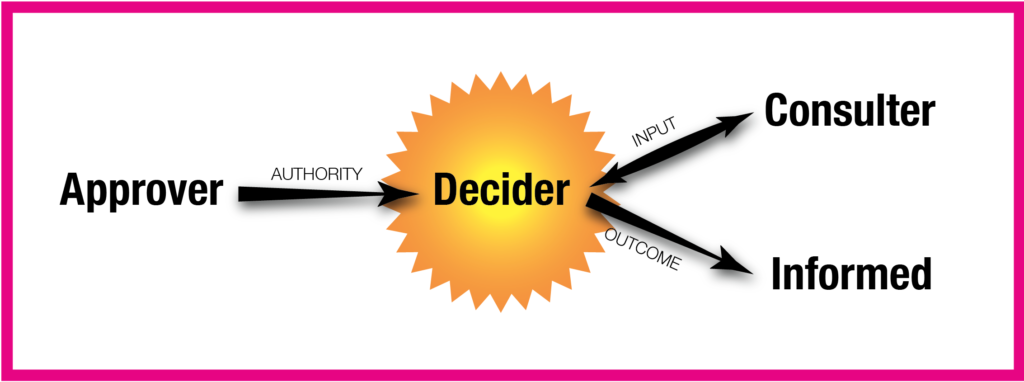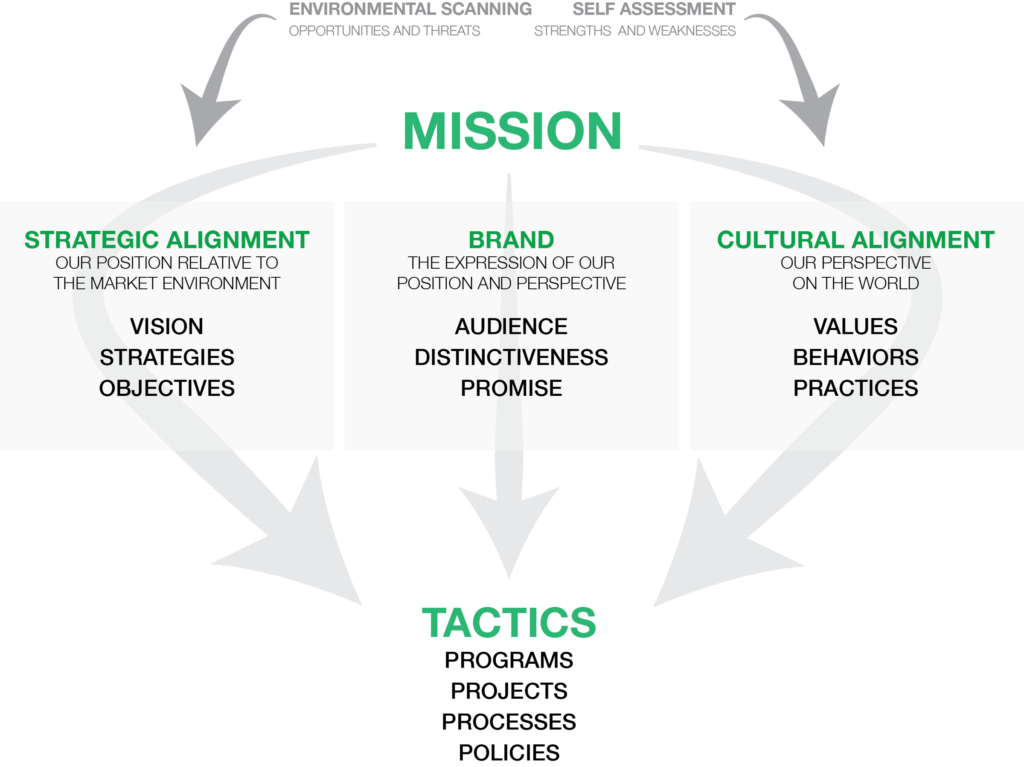Category: Culture
- Peter Nilsson
The growing use of AI, inside and away from the classroom, demands at least a careful look at the way we define academic excellence, if not a complete re-definition of the concept and how we apply it to students.
- Peter Nilsson
We look to history for an additional layer of context and meaning regarding what "The Sorcerer's Apprentice" can show us about our relationship with Artificial Intelligence.
- Peter Warsaw
What can school administrators do to bridge the gap of trust that can develop between faculty and the Board of Trustees in the face of proposed change?
- Peter Warsaw
School improvement is a powerful magnet: depending on its orientation, it can be repellent or attractive to faculty, and Leaders must make the case.
- David Thiel
Various organizational maladies can be traced to a lack of clarity around decision roles. After-the-fact objections, confusion in implementation, micromanagement, scapegoating, and whipsawing all imply a need to define roles with greater clarity.









